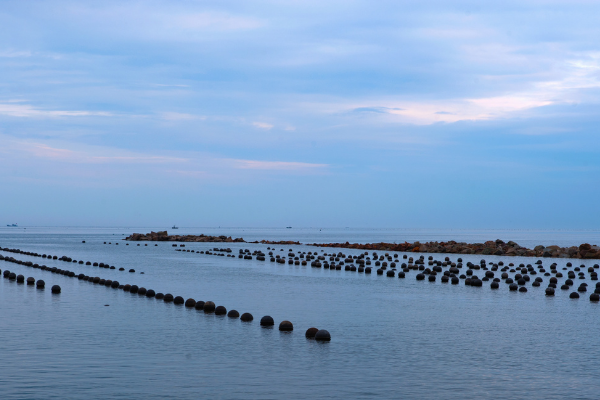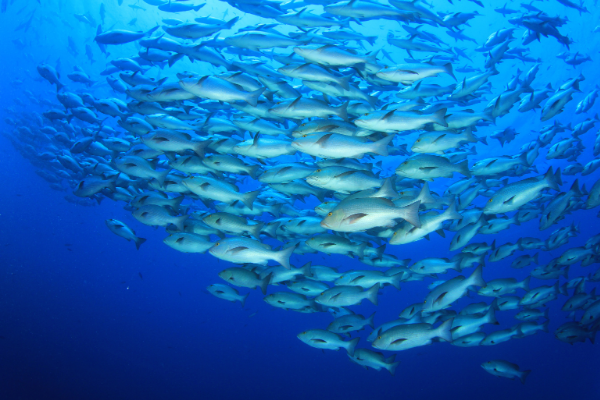
It’s estimated that the world population will increase to 9 to 10 billion people by 2050.
Scientists say that traditional land-based farming- including agriculture and meat, won’t be sufficient enough to meet our future consumption needs.
But we still have a way to suffice the growing consumption demand of the increasing population.
How? By turning to the oceans - which covers almost two-thirds of the Earth’s surface.
For thousands of years, the oceans have been an essential source of protein-that saved our species from extinction. But with the ever-increasing demand for seafood, added with technical advancements, the oceans are being rapidly depleted of fish-resulting in a global marine fisheries crisis.
According to a team of marine scientists, we’ve reached the phase of “peak-fish” some 40 years ago-meaning 90% of the large fish species has been fished out in the last 50 years- and extracting more fish from the ocean will expose us to the risk of collapsing global fisheries.
So how to meet up the demand and keep our ecosystem healthy and running?
The answer is farming-not land but the oceans.
It is also known as ‘Aquaculture’.
Countries like Southeast Asia, China, Norway and Chile have already approved and adopted aquaculture and have been practising it for a long time. In fact, recently aquaculture outpaced wild fishing, in terms of the major source of protein from the oceans.
Though Aquaculture still holds a reputation for causing pollution, diseases and a few negative environmental impacts, generating controversy and debate, they have relatively cleaned up their reputation over the last few years.
So what is aquaculture?

Aquaculture is the breeding, nourishing, and farming of fish, shellfish, aquatic plants and other organisms in all types of water.
It’s not only necessary but also a highly sustainable option in protein retention, compared to other farmed proteins including chicken, pork and beef.
Aquaculture isn’t just for fish
Don’t confuse aquaculture with an industry that produces only fish and seafood. But they also produce sea vegetables, roe and seaweed.
By 2050, the world is estimated to need 50-70% more food to assure the current global consumption trends. The same report estimates, by 2050, the annual global seaweed production will reach 500 million dry tons-boosting worldwide food supply by 10%, creating a ‘transformational change’ in the global food security equations.
Practicing responsible aquaculture is not only a way of breeding more fish but also a way of growing sustainable food sources to nourish the growing global population.
The hope of Aquaculture
To meet the increasing demands, the importance and practice of aquaculture is no longer a secret. With every passing day, the aquaculture industry is growing larger and stronger.
Adopting responsible aquaculture is a step to create healthier habits, rebuild stocks of threatened and endangered species and improve the health of our planet and animal welfare.